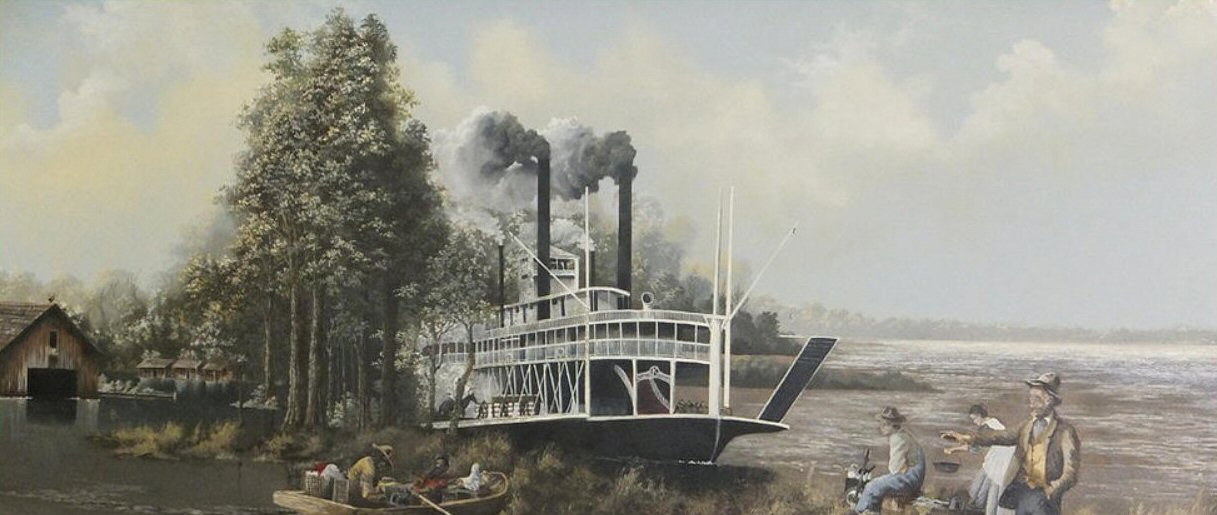
HEADQUARTERS MOVED
LEVEE HISTORY
HEADQUARTERS MOVED
In recalling the undertaking in later years, Dabney remembered, "The work was pushed with vigor, and by March 1885, was all completed in a satisfactory manner. By these operations all the existing gaps in the levee were closed, the low levees raised to a higher grade, and the weak places strengthened."
With this almost astounding success behind them, the Upper District board members prepared new requests for the 1886 session of the Legislature.
For one thing, state lawmakers on January 19, 1886, approved legislation which moved the district headquarters from Austin to Clarksdale. The YMD Levee Board occupied a frame building on the east bank of the Sunflower River, just north of the railroad, until its present building was completed in 1912.
In response to the commission's requests, the Legislature amended the act of 1884 to authorize the YMD Levee Board to raise an additional $400,000 through bond issue, and it allowed the board to incur debts in anticipation of surplus revenues—allowing more flexibility in financing its operation.
To pay off the debts incurred by the board, the Legislature approved a cotton tax of $1 per bale on all cotton produced in Coahoma, DeSoto, and Tunica counties and a tax of 80 cents per bale on cotton raised in other district counties. Also provided were a tax of one-fifteenth cent per pound on lint cotton grown in the "front" counties and a tax of one-twentieth cent per pound on lint cotton grown in the "back" counties.
The cotton tax was to be collected before the cotton could be moved from the district.
In the amending act, the Legislature also raised the ad valorem tax from 13 mills to 17.5 mills in the "front" counties and from nine mills to 12 mills in the "back" counties. In addition, various businesses throughout the district were to pay special taxes and thereby share in the cost of flood control.
Hay was planted on the levee slopes, and revenue from sale of the crop was a significant factor in district finances for a number of years. In more recent times, the levee slopes have been leased to livestock producers for grazing purpose.
With sound financing provided, the YMD Levee Board produced a surplus of about $100,000 for a time. The cotton tax, however, was not to become a permanent feature of the district's financing. The ad valorem tax, sometimes coupled with a flat "per acre" tax, has been the most enduring method of financing the YMD Levee Board's activities.



